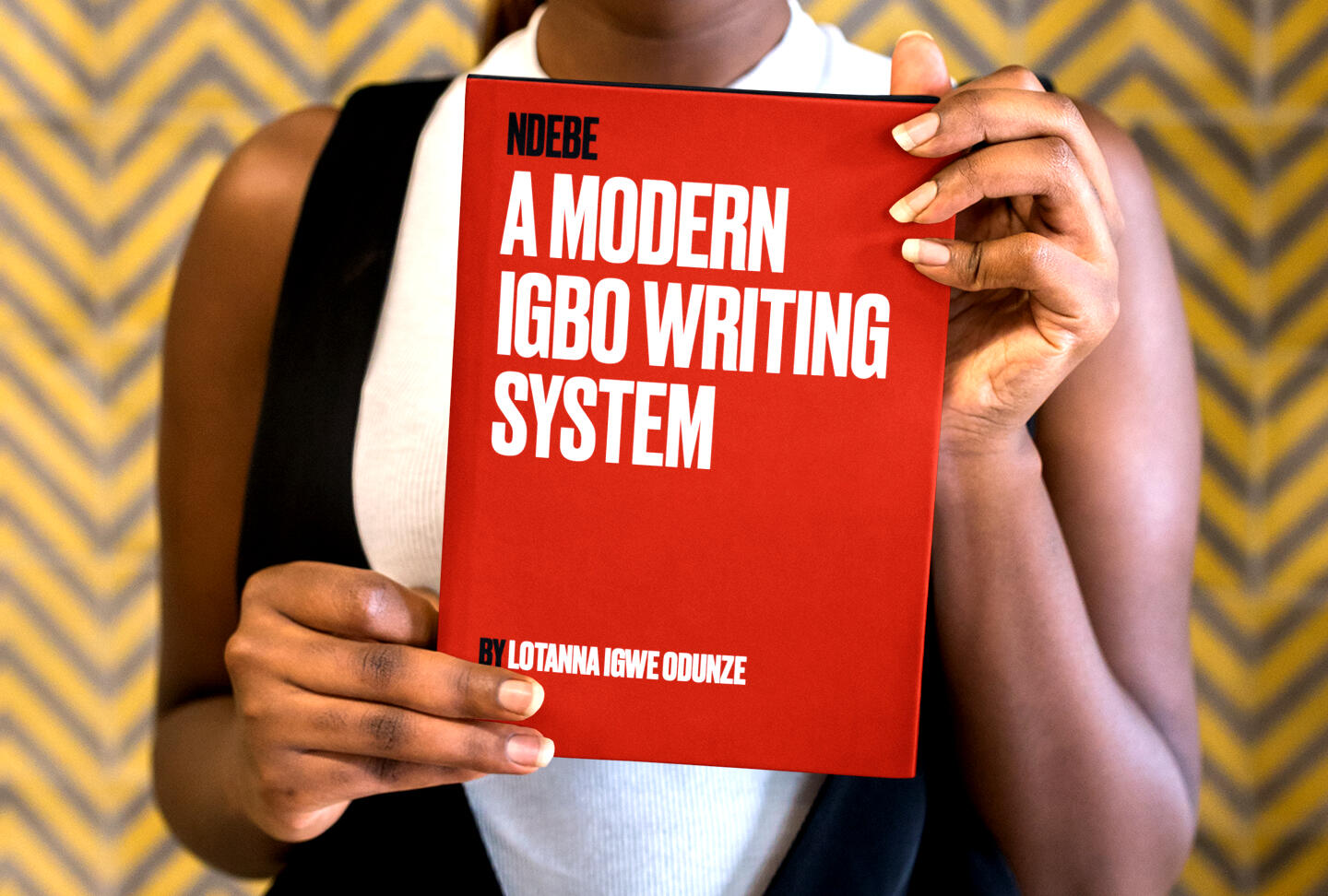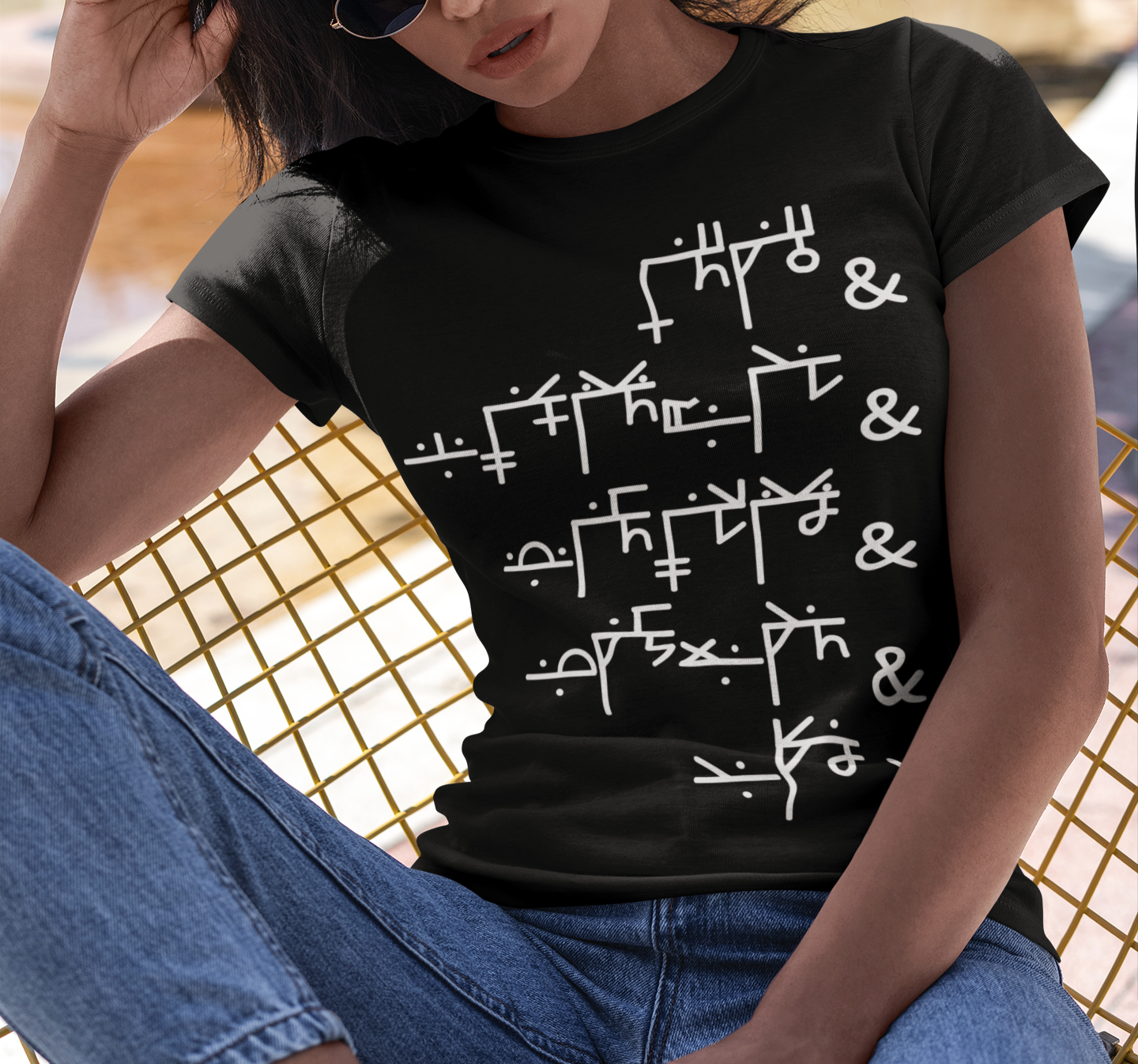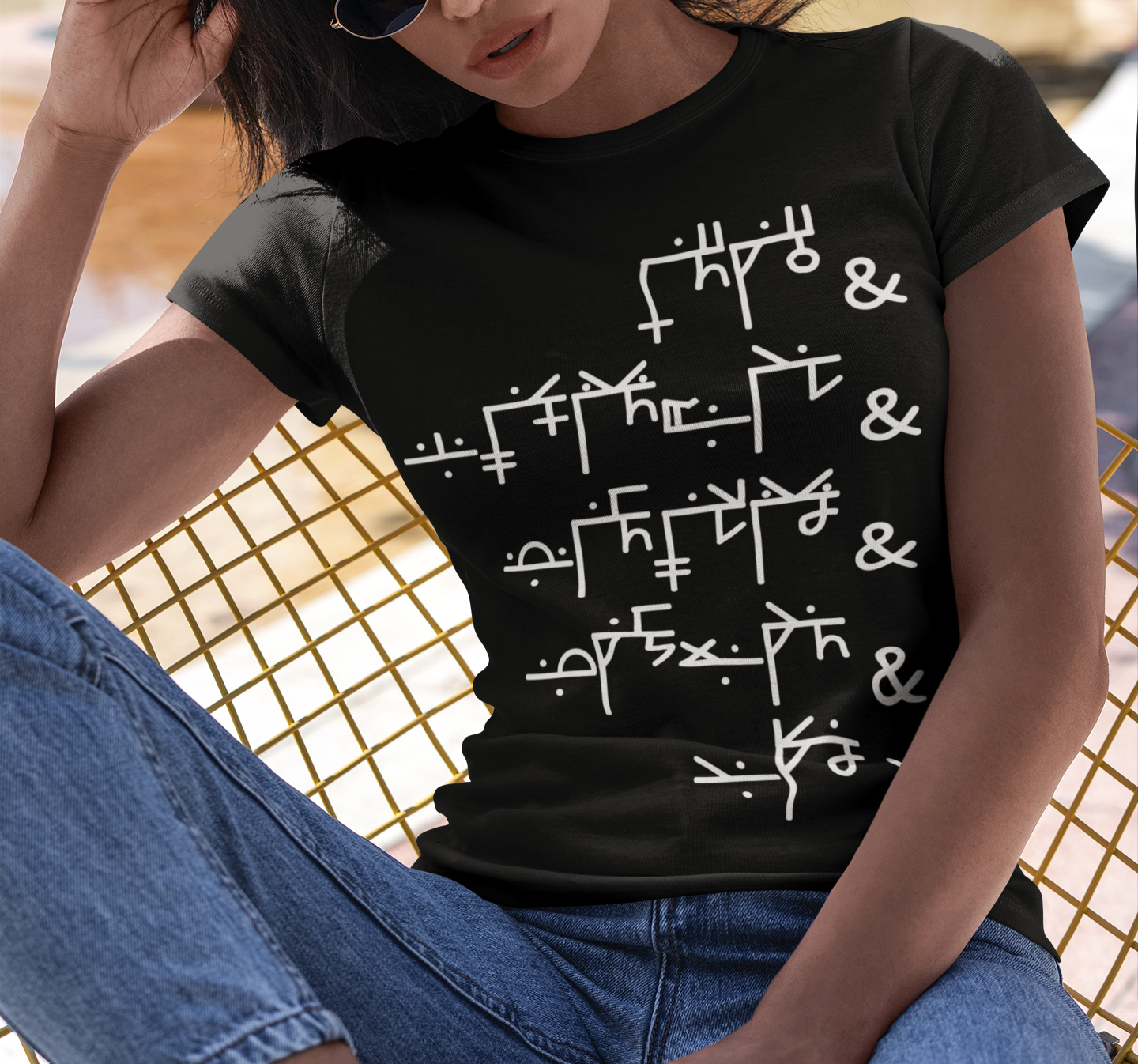A Written Script For Igbo
Ńdébé is a modern writing system for the Ìgbò language.Invented by Lotanna Igwe-Odunze in 2009, then refined and perfected over a decade, the Ńdébé script combines ancient Ìgbò designs with modern practicality in the first truly usable, truly writeable, truly readable, and truly indigenous written form of Ìgbò.

Ìgbò in Ńdébé script.
What's The Point?
The vagaries of history, but British colonisation and missionary evangelism especially, suppressed the natural growth and development of Igbo as a language and a medium of expression and communication.
Long after Nigeria and Ìgbò people received independence, our language never caught up with the modern world.Today, Ìgbò is a threatened, if not endangered language because, no matter how many initiatives and meetings we attend to encourage people to speak Ìgbò, our language will never truly flourish until we write and read widely in Ìgbò.
But we already use english
The limitations of the Latin alphabet introduced by English are a well known and deep source of frustration for everyone who has ever tried to read or write Ìgbò.
**The Latin alphabet: **
- Makes tone marking a chore, resulting in most people omitting it in their writing. 😤
- Does not fully cover the range of Ìgbò sounds. 😡
- Has caused innumerable bad spellings of Ìgbò words, which are now ubiquitous. 🤬
- Influences pronunciation of Ìgbò words like English, eroding fluency even in native speakers. 🤢
- Stunts Ìgbò expression, especially Igbo literature, as there is zero incentive to write in Ìgbò over English. 🤮
- Has inflicted countless other sins on the grammar, vocabulary, and syntax of Ìgbò and harmed the speech of too many Ìgbò speakers to count. 🤦🏾
**The Ńdébé Syllabary: **
- Has built in tone notation, and introduces a revolutionary method of visually representing the Ìgbò tones, meaning you will never again struggle to figure out the tone of a word. 👏🏾👏🏾👏🏾
- Covers the full range of Ìgbò phonemes by introducing for the first time in Igbo history, characters for the interchangeable Ìgbò sounds such as R/L, F/H, etc. 👊🏾👊🏾👊🏾
- Enforces correct Ìgbò spelling through its syllabic structure. 👌🏾👌🏾👌🏾
- Is a visually stunning, intangible cultural heritage to fortify our Ìgbò identity for generations. 👶🏾👧🏽👦🏾
Okay, So Why Not Nsibidi?
Ńdébé pays homage to the old Nsibidi logographs, as well as Nwagu Aneke's proto-script, but is a unique, original, but more importantly, functional creation.Nsibidi, while beautiful and significant, is severely impractical as a daily writing script.Multiple failed attempts have been made to adapt Nsibidi for modern use, and will continue to fail because Nsibidi suffers from major expressive limitations, and is better suited for decorative, symbolic, or religious purposes.We have modern, busy lives.
We want to be able to write and read Ìgbò immediately.
Those limitations don't scale.Ńdébé is designed to.
The Ndebe Script
Ńdébé is a syllabary.
This means that rather than having individual letters which are then combined to spell words like in English, Ńdébé represents all the possible sounds in Ìgbò as already combined characters for each syllable the way it sounds.

The Basics
Each syllable is represented by a written character, made up of 3 parts - Stem, Radical, and Diacritic.There are 6 stems.
There are 7 radicals.
There are 27 diacritic vowel markers
Diacritic Vowel Markers go on top of Consonant Bodies (which are made of a Stem and a Radical) to form a Syllable like Ba, Cha, Da, etcIf the vowel is isolated or the word begins with a vowel, the vowel marker has a dot beneath and stands on its own.

The Ndebe number system is Base-20 (Sub Base 5) and has numeral symbols from 0 to 19.Each number in a group of 5 is related. Numbers 6 to 9 are derived by adding Number 5 and 1, 2, 3, and 4.The same is repeated for 11 to 14 with Number 10, and Numbers 16 to 19 with Number 15
Isn't This.. Too Much?
You've probably seen Hanzi / Kanji / Hanja at least once in your life.
It's the Chinese script shared by China, Japan, and Korea, and it has over 50,000 characters.
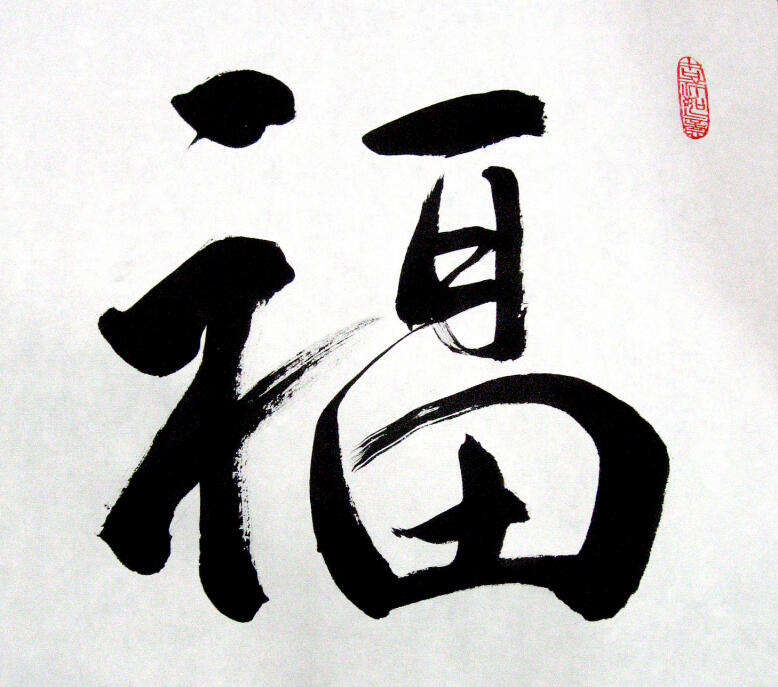
By the end of primary school, the average:Chinese child knows about 2500 hanzi characters by heart.
Japanese child knows about 1000 kanji characters by heart.
Ńdébé has only 1174 characters.
Only 97 of them must be memorised to able to read and write Ìgbò competently.You're smarter than a 10 year old.
You can definitely do this.
Try it out! - typendebe.com
Get the Syllabary
This part is completely optional.You don't have to buy the book, but if you're serious about mastering Ńdébé to read and write Ìgbò, it's amazing to have for your daily reference.The complete syllabary contains:- Numbers
- Symbols
- Punctuation
- All syllables listed by vowel and tone.
Get the Tshirt
So what's Next?
**DISSEMINATION: **
- The Ńdébé Script has already been written about and published in:
1. African Writing Systems of the Modern Age: The Sub-Saharan Region by Andrij Rovenchak and Jason Glavy
2. Enciclopedia de sistemas de escritura (Encyclopaedia of Writing Systems) by Santiago Velasco and Jose Galán
3. The Oxford Handbook of African Languages by Rainer Vossen and Gerrit J. Dimmendaal
- When we reach a critical mass of people using, reading, and writing Ìgbò in the Ńdébé script, it will be much easier to spread Ńdébé usage globally so everyone can read and write Ìgbò.
**ADOPTION: **
YOU are the crucial next step in the Ńdébé project.- Learn Ńdébé.
- Use Ńdébé.
- Tell other Ìgbò people or Ìgbò speakers about Ńdébé.
PROLIFERATION:
- Write Ìgbò with Ńdébé in your diary, on your blog, on Twitter, on video, wherever you like.
- Share pictures and videos of the Ìgbò you write with Ńdébé online with the hashtags #NdebeForIgbo and #NdebeProject and #IgboScript
- Use Ńdébé to add Ìgbò in your drawings, in your Ìgbò designs, get a tattoo in Ńdébé, do whatever you like with itEXCEPT:
- falsely claim you created it 😒😒😒
- use it for commercial purposes without a prior written agreement with me with specific terms. See the terms here
- serve as a representative of Ndebe or submit Ndebe in any capacity to any government, company, body, or organisation for any purpose. If you want to do this, you should contact me, and I will be the one to submit or represent because I am its creator
Other Success Stories
In 1830, the Vai syllabary was invented by Momolu Duwalu Bukele, a Liberian who said it came to him in a dream.
In 2008, it was officially digitised for use in computers, and online.In 1896, King Ibrahim Njoya invented the Bamum script for his Bamum people.
In 2009, it was officially digitised for use in computers, and online.In 1949, the N'ko alphabet was invented by Guinean writer, Solomana Kante, to write his language Maninka.
In 2006 it was officially digitised for use in computers, and online.
This is why using Ńdébé and telling other people about Ńdébé is so important.
You can do your part to share the gift of a writing system for Ìgbò that is truly our own.
Questions?
Comments?
Send a message with your questions, comments, feedback, and inquiries about the Ńdébé script for Ìgbò, and receive a response at the contact information you provide.
Talk To You Soon
Thank you for your interest in the Ńdébé project.
You will receive a response soon.
Thank You
You will receive a receipt, and a notification via email with details of your book purchase.Happy learning!
How Ndebe Works
Syllables
1. Instead of individual letters (e.g. A, B, C, D ), in the Ndebe writing system, Igbo sounds are grouped into syllables, e.g. Gba, Fa, Ma, etc.- Each syllable is represented by a written character, made up of 3 parts: Stem, Radical, and Diacritic.There are 6 stems.
There are 7 radicals.
There are 27 diacritics.- The combination of all three parts makes a syllable sound.
- Ergo, different combinations produce different sounds.

2. The consonant part of the syllable is represented by the combined stem and radical, while vowel part of the syllable is represented by the diacritic.- When a word begins with a vowel, instead of a diacritic, the vowel is written using the diacritic's standalone form, indicated by a dot below the diacritic.

N / M is Special
3. The N / M sound is special because it exists alone without an accompanying vowel.N / M is treated as a vowel in its own right when at the beginning of words, or when it stands alone, so even though it is not a syllable, in those cases, it must have a tone.Ergo, this character has its own special diacritic to show its tone at the beginning of words, and when alone.When it appears at the end of a word, it doesn't need its diacritic.
Numbers
4. Numbers work similarly to syllables.- From 0 to 9, numbers stand alone.
- Numbers 10, 20, 30, 40, 50, 60, 70, 80, 90, also stand alone, as do 100, 1000, 10,000, 100,000, 1 Million, and 1 Billion.
- In order to qualify numbers 10 to a Billion, number diacritics are used.e.g. 15 is a combined character made up of the character for 10, and a diacritic version of the number 5.
New Punctuation
5. Igbo has a lot of deliberate pauses which are unnatural in English, and normally would be filled with a conjunction.While conjunctions also exist in Igbo, it is inappropriate to use them to fill up these pauses in Igbo, which are a feature of the language by design.Ndebe includes punctuation to accommodate this and other features of Igbo.Pauses are denoted by a circle.
Commands stress and elongate the final vowel e.g. Je in command form is Jee, and this elongation is denoted as a double x.Full stops are an x.
Names should be highlighted by an interpunct on both sides.
Ndebe began as an idea in late 2008, and was invented in early 2009 by Lotanna Igwe-Odunze.
Lotanna, then a 20 year old college sophomore, spent countless hours researching and developing the written style for the script, and coming up with solutions to the phonological challenge of writing Igbo.To teach the script and record its progress, Lotanna created and shared videos on Youtube and blog posts on Sugabellyrocks.com, Ndebe.blogspot.com and Ndebe.Wordpress.com
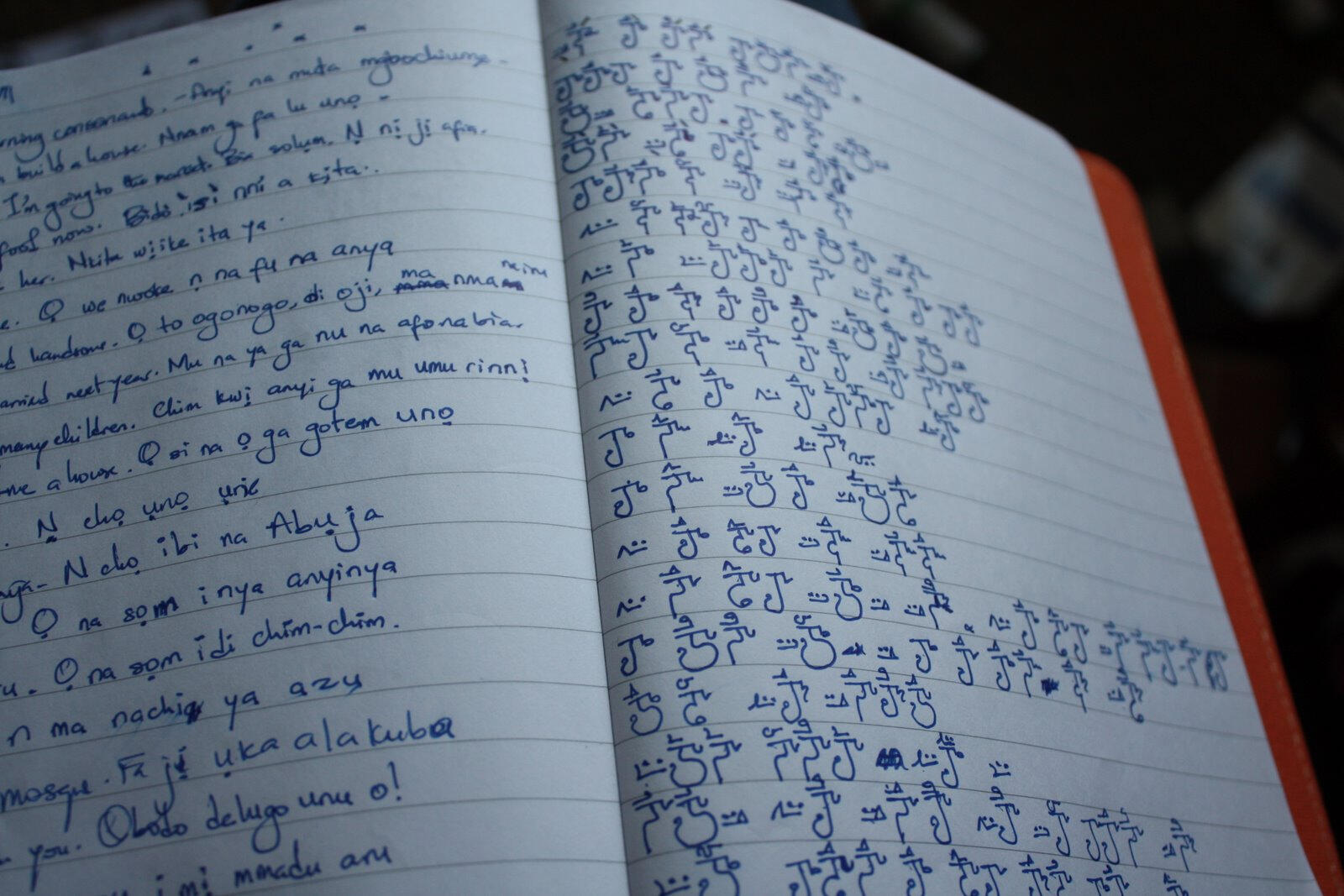
Early Ndebe script writing of Igbo by Lotanna Igwe-Odunze dated May 2009
Development started in earnest the same year, and it was first published and introduced to the world on her blog on April 7, 2009 via a post titled The Igbo Academy and The Ndebe Project and then on a blog set up for the purpose the via a post on May 24, 2009 titled Welcome to The Ndebe Project
2009
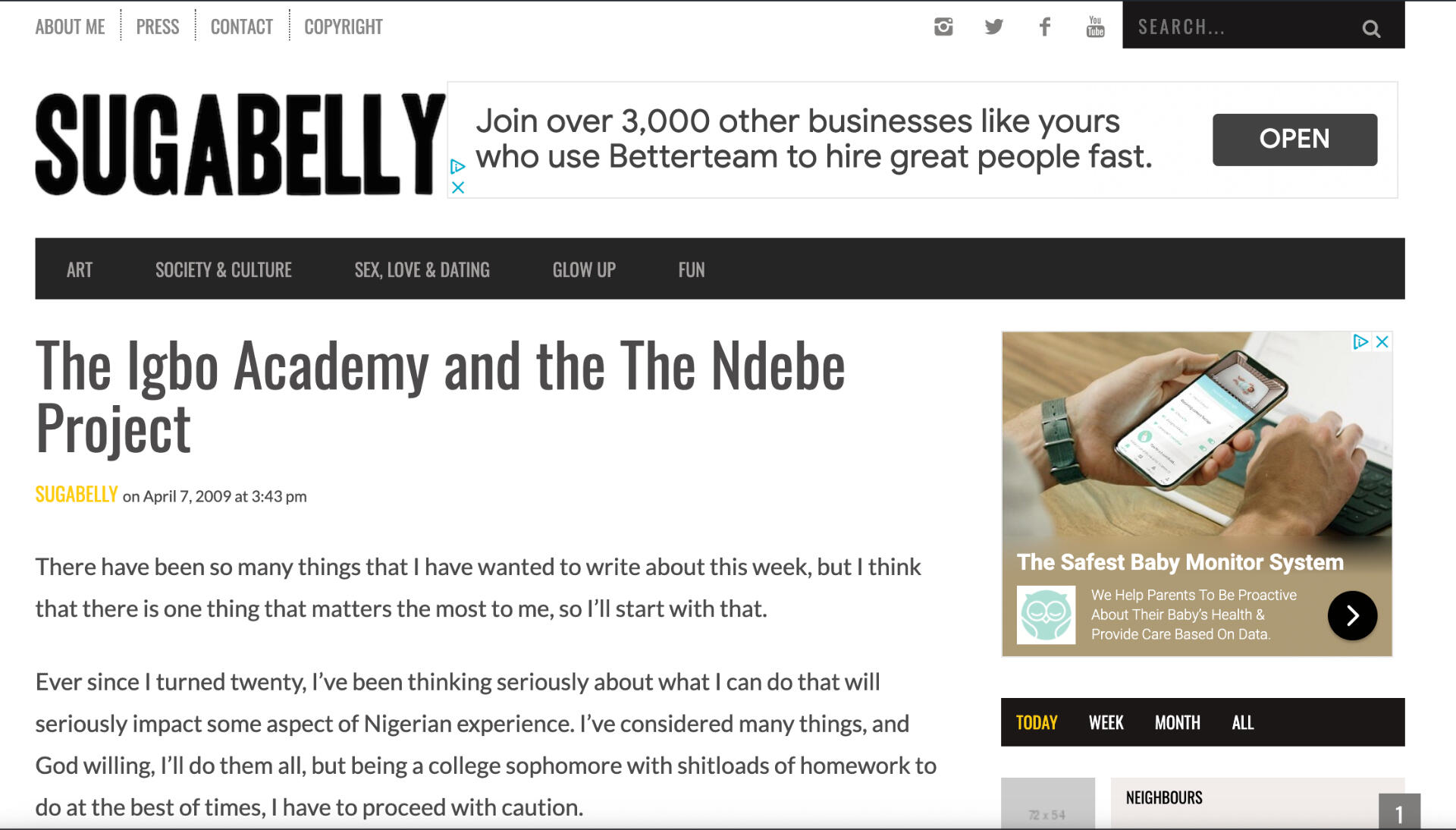
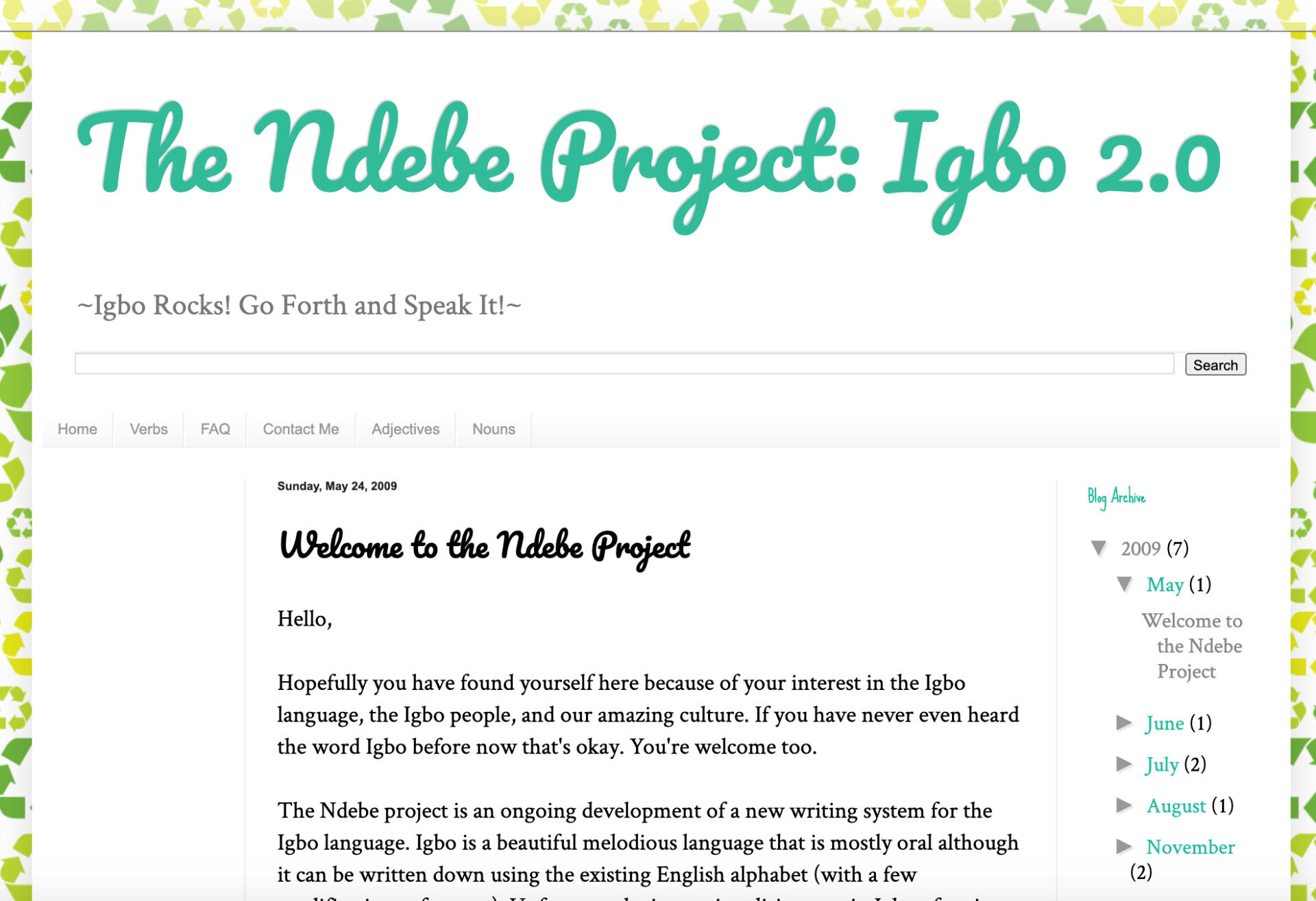
Ndebe was subsequently featured in African Digital Art in a November 2009 post titled Igbo Typography.

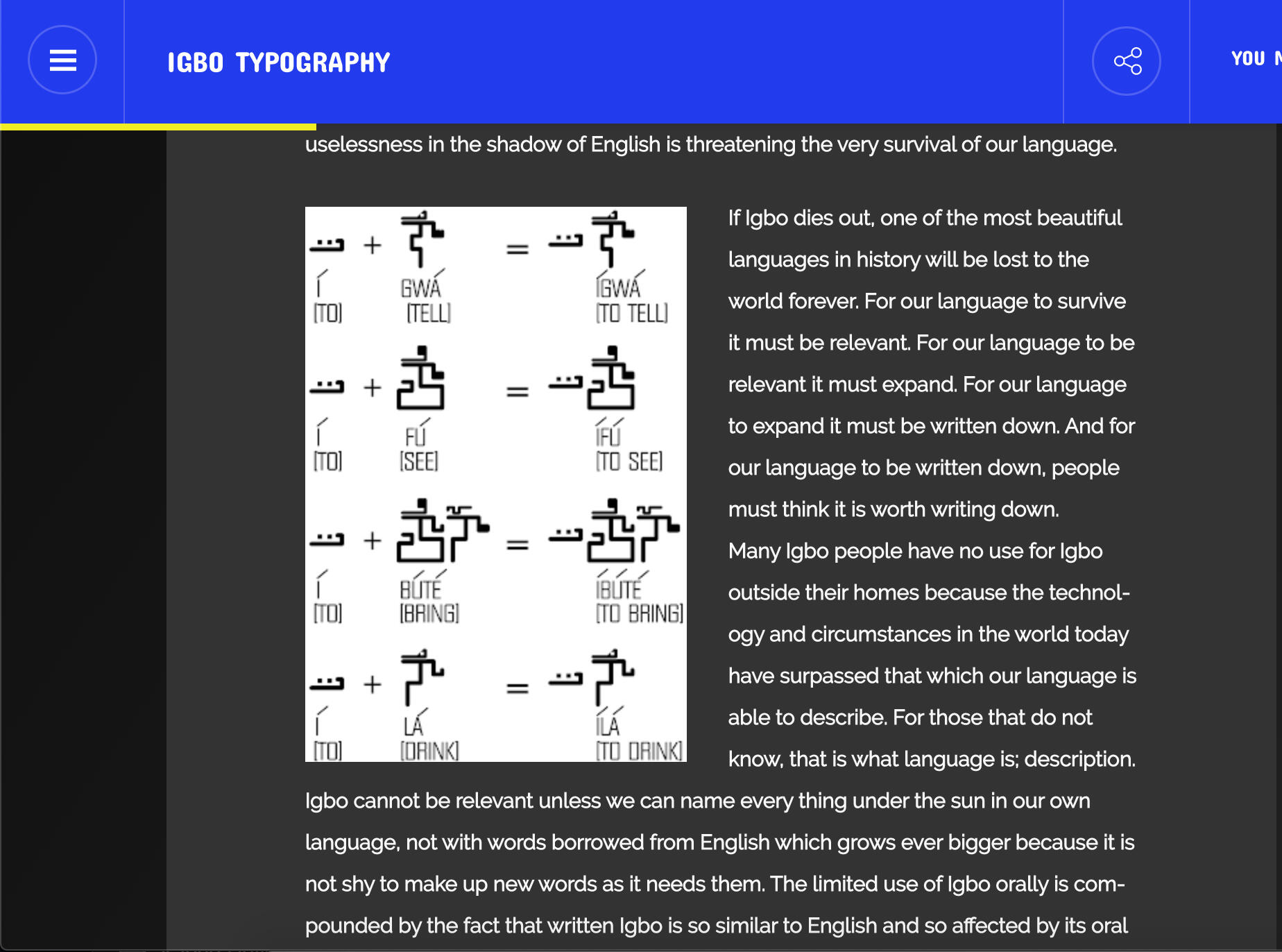
2011
In 2011, the Ndebe script was published in African Writing Systems of the Modern Age, a book by Andrij Rovenchak and Jason Glavy
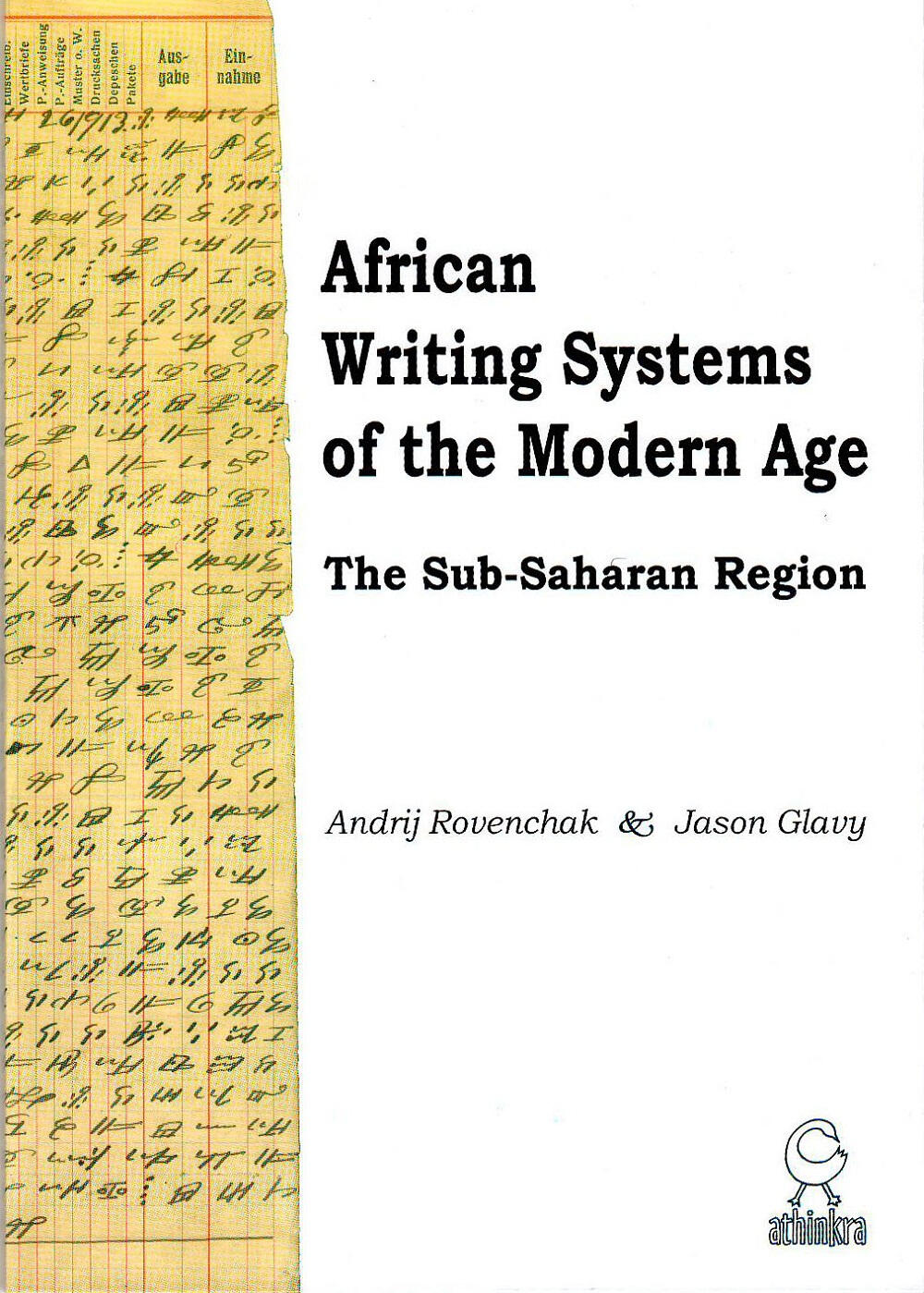
Cover of African Writing Systems of the Modern Age
2012
In 2012, the numeral system of the Ndebe Script was highlighted in an academic paper at the Ivan Franko National University of Lviv, Ukraine titled Numerical Notation in Africa
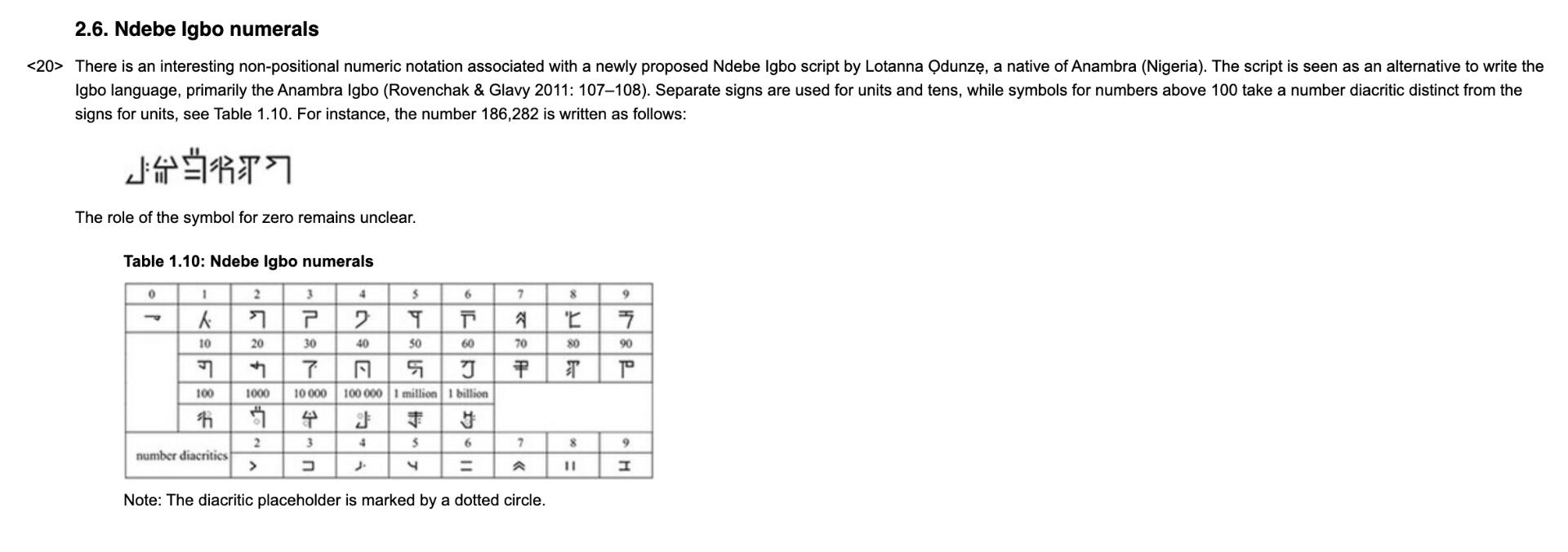
Numerical Notation in Africa fig. 2.6
2014
The Ndebe script was included in a January 2014 academic research article published in SCRIPTA Volume 6 by Alex de Voogt of the American Museum of Natural History titled The Cultural Transmission of Script in Africa: the presence of syllabaries

SCRIPT Volume 6, January 2014
On November 5, 2014, the Ndebe script was included as a candidate for digitisation at the Internationalisation and Unicode Conference 38 in Santa Clara, California, in a presentation by Deborah Anderson, SEI of the University of California Berkeley Department of Linguistics, and
Anshuman Pandey, of the University of Michigan Department of History titled Expanding the Unicode Repertoire: Unencoded Scripts of Africa and Asia in consideration for Unicode adoption, although it was not considered a strong candidate at the time.
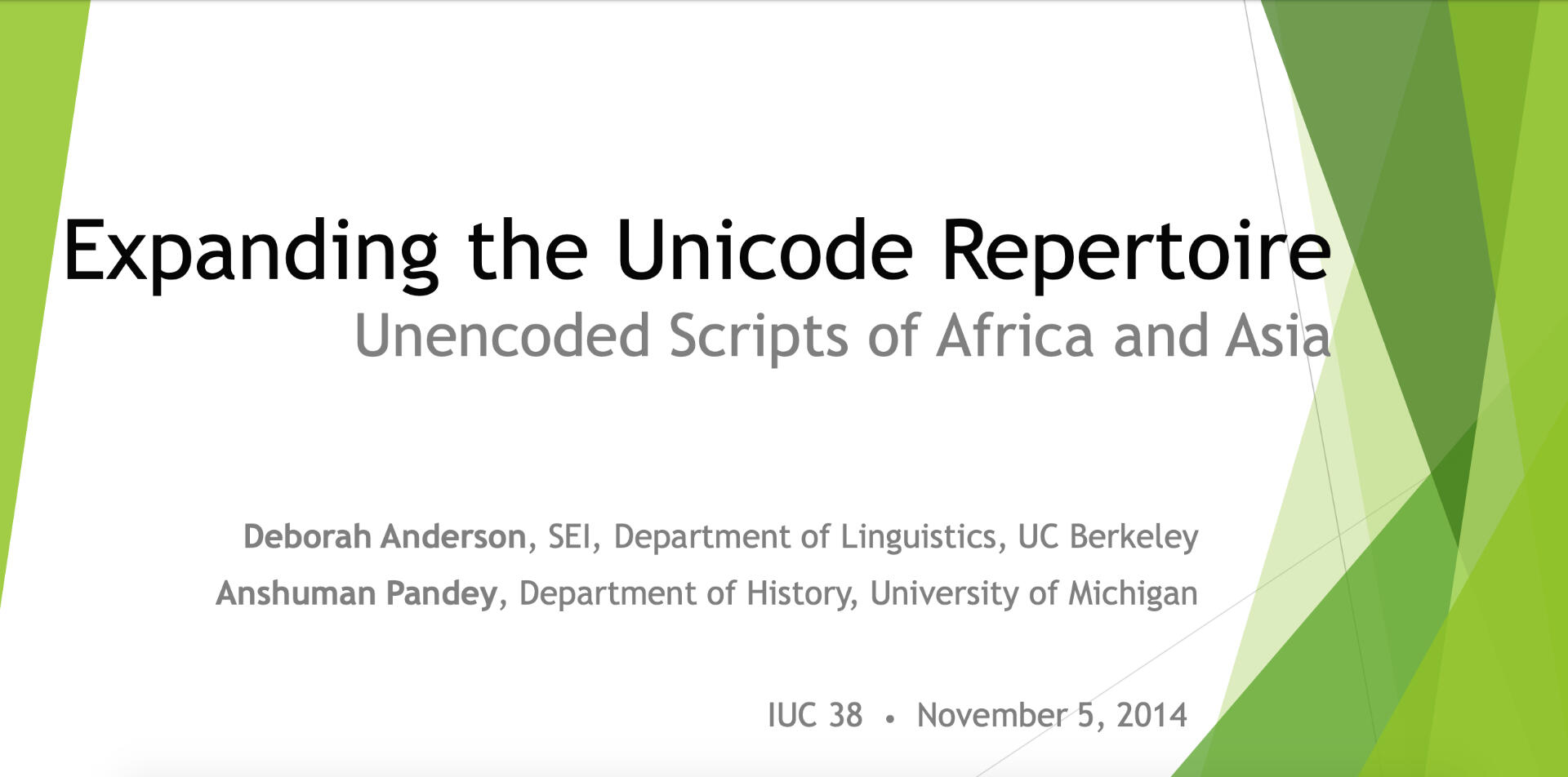
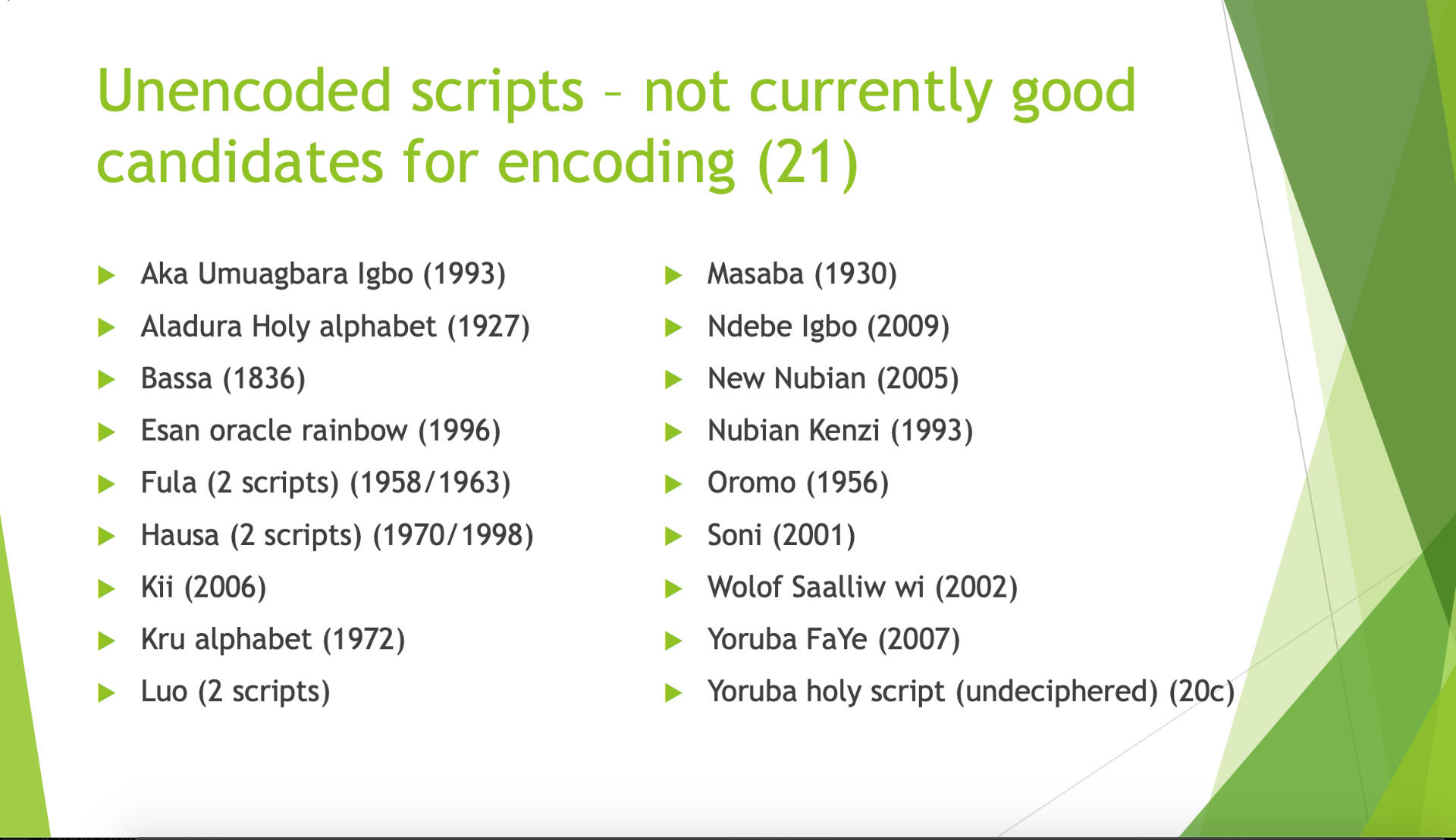
Internationalisation and Unicode Conference 38, November 3-5, 2014
Terms of Use
Ndebe Script is free to use for PERSONAL projects that are not intended to profit by individuals.For commercial use, or for use by companies, organisations, bodies, or entities, specific terms must be agreed to in writing between the inventor / creator of Ndebe Script, Lotanna Igwe-Odunze, and the interested party.Please contact Lotanna Igwe-Odunze using the contact form on this website or by emailing [email protected]

